Nintendo Switch 2: A New Sales Milestone and a Critical Look at Its Launch
Popular Now
 CarX Street
CarX Street
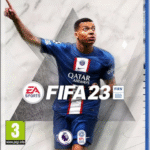 FIFA 23
FIFA 23
 God of War Ragnarök
God of War Ragnarök
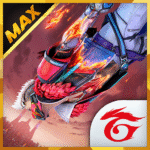 Free Fire Max
Free Fire Max
 Toca Boca World
Toca Boca World
 Genshin Impact
Genshin Impact
 Fortnite
Fortnite
 Rust
Rust
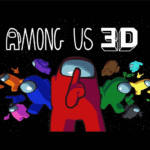 Among Us
Among Us
 Sonic the Hedgehog™ Classic
Sonic the Hedgehog™ Classic 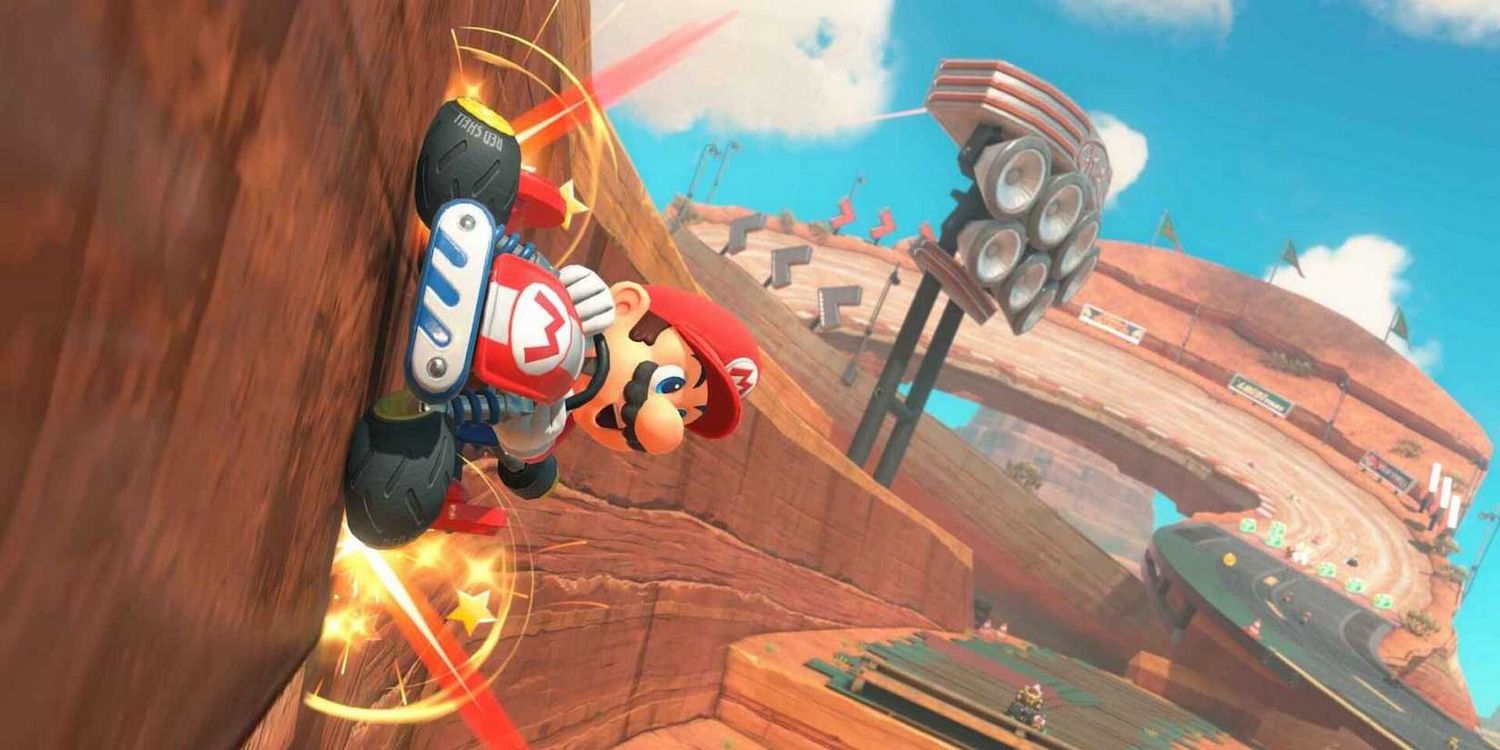 In a powerful display of market dominance, the Nintendo Switch 2 has achieved another remarkable sales milestone, solidifying its position as one of the fastest-selling gaming consoles in history. Just weeks after its highly-anticipated launch, the hybrid console has captivated gamers worldwide, leading to record-breaking sales figures that have surprised even the most seasoned industry analysts.
In a powerful display of market dominance, the Nintendo Switch 2 has achieved another remarkable sales milestone, solidifying its position as one of the fastest-selling gaming consoles in history. Just weeks after its highly-anticipated launch, the hybrid console has captivated gamers worldwide, leading to record-breaking sales figures that have surprised even the most seasoned industry analysts.
This success, however, is not without its complexities. While the hardware has been met with near-universal praise, the console’s initial software lineup has drawn criticism, raising questions about the long-term value proposition for early adopters. This article dives deep into the latest sales data, examining what has fueled this incredible launch and exploring the critical feedback that Nintendo will need to address to maintain its momentum.
Record-Breaking Performance: Sales Figures and Market Impact
The Nintendo Switch 2 has quickly become a phenomenon, shattering sales records across key territories. In the United States alone, the console has sold over 2 million units, outpacing the launch trajectory of the original Nintendo Switch by a staggering 75%. This is a significant indicator of the pent-up demand and excitement surrounding the new hardware. The console’s global sales figures are equally impressive, surpassing 6 million units worldwide in less than two months, a milestone that took its predecessor considerably longer to achieve.
Analysts from firms like NPD Group have noted that the Nintendo Switch 2 has not only been the best-selling gaming hardware in recent months but has also managed to lift the entire gaming market, which saw declines in other sectors. Its success has been particularly pronounced in Japan, where it has become the second fastest-selling console in the country’s history, trailing only the legendary Game Boy Advance. This strong performance underscores the global appeal of Nintendo’s hybrid gaming concept and its ability to attract both dedicated gamers and casual consumers.
The console’s strong sales trajectory can be attributed to several factors:
- Significant Hardware Upgrades: The Nintendo Switch 2 boasts a larger, 7.9-inch 1080p LCD display with a 120Hz refresh rate, a massive leap from the original’s 720p screen. When docked, the console supports up to 4K output, a feature that has been highly requested by fans. The inclusion of a custom NVIDIA Ampere GPU, 12GB of LPDDR5X RAM, and 256GB of internal storage has provided a substantial performance boost, making it a more powerful gaming device than its predecessor.
- Brand Loyalty and Hype: Following the massive success of the original Switch, which sold over 140 million units, there was considerable hype for its successor. Nintendo’s reputation for innovation and family-friendly gaming experiences created a powerful sense of anticipation that translated directly into strong day-one sales.
- Backwards Compatibility: The ability to play existing Nintendo Switch games on the new hardware, with some titles receiving free or paid performance updates, was a crucial selling point. This allows gamers to carry their extensive digital and physical game libraries forward, eliminating the need to start over from scratch.
 The Two-Sided Coin: Hardware Excellence vs. Software Scarcity
The Two-Sided Coin: Hardware Excellence vs. Software Scarcity
While the sales figures paint a picture of unbridled success, a more nuanced view emerges from consumer feedback and critical reviews. The primary point of contention has been the Nintendo Switch 2‘s launch library. While games like Mario Kart World and Donkey Kong Bananza have been well-received, many critics and players feel the launch lineup is “virtually nonexistent” in terms of new, compelling first-party titles.
A significant portion of the launch catalog consists of “Switch 2 Editions” of older games, such as The Legend of Zelda: Breath of the Wild and Tears of the Kingdom. While these remasters offer visual and performance enhancements, they do little to showcase the console’s full potential with entirely new gameplay experiences. The lack of a major new Mario or Zelda title at launch has been a point of disappointment for many fans who have grown accustomed to Nintendo’s tradition of blockbuster launch games.
Furthermore, reports indicate that some third-party studios are struggling to get development kits, which could impact the console’s long-term indie and third-party support. This is a critical factor, as a healthy and diverse software library is essential for any console’s sustained success. The high price tag of the console itself, along with the almost mandatory purchase of an expensive microSD Express card for additional storage, has also been a concern for consumers looking to minimize their gaming console price.
 Looking Ahead: The Road to Sustained Success
Looking Ahead: The Road to Sustained Success
The Nintendo Switch 2 has laid a formidable foundation with its record-breaking sales, but the true test lies in its ability to maintain this momentum. The company has a challenging road ahead, and its strategy will be crucial in the coming months.
The following are key areas for Nintendo to focus on:
- Timely Release of First-Party Exclusives: The anticipation for games like Metroid Prime 4: Beyond and other announced titles is incredibly high. Releasing these games in a consistent and timely manner will be vital to keep consumers engaged and showcase the console’s advanced capabilities.
- Fostering Third-Party Relationships: Nintendo must prioritize making it easier for third-party developers, particularly indie studios, to create and release games on the platform. A thriving ecosystem of both AAA and indie titles is what will ultimately sustain the console for years to come.
- Addressing Pricing and Value: While the current sales indicate that consumers are willing to pay a premium, Nintendo should consider potential price adjustments or bundle deals in the future to attract a broader audience. Offering more value, perhaps by bundling a popular game or a larger storage option, could further boost sales and consumer satisfaction.
In conclusion, the Nintendo Switch 2‘s initial sales performance is a testament to the strength of the Nintendo brand and the appeal of its new hardware. However, the path forward is not without its hurdles. The console’s ultimate success will be determined not just by its initial sales figures, but by Nintendo’s ability to build a compelling and robust game library that fully utilizes the potential of its new hardware, transforming it from a powerful device into an indispensable gaming platform.


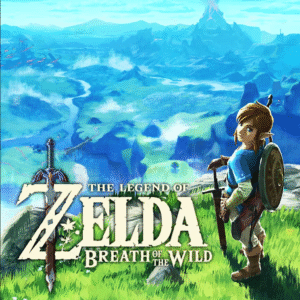

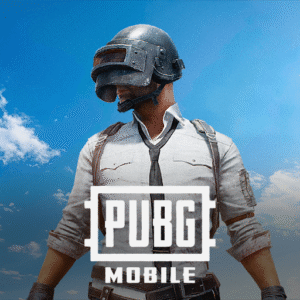
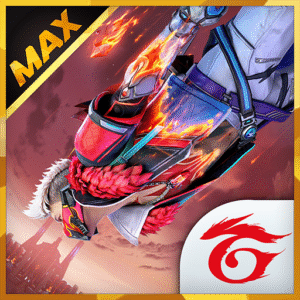
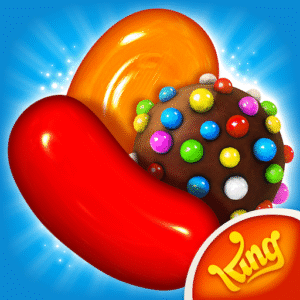


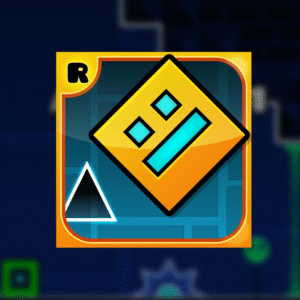

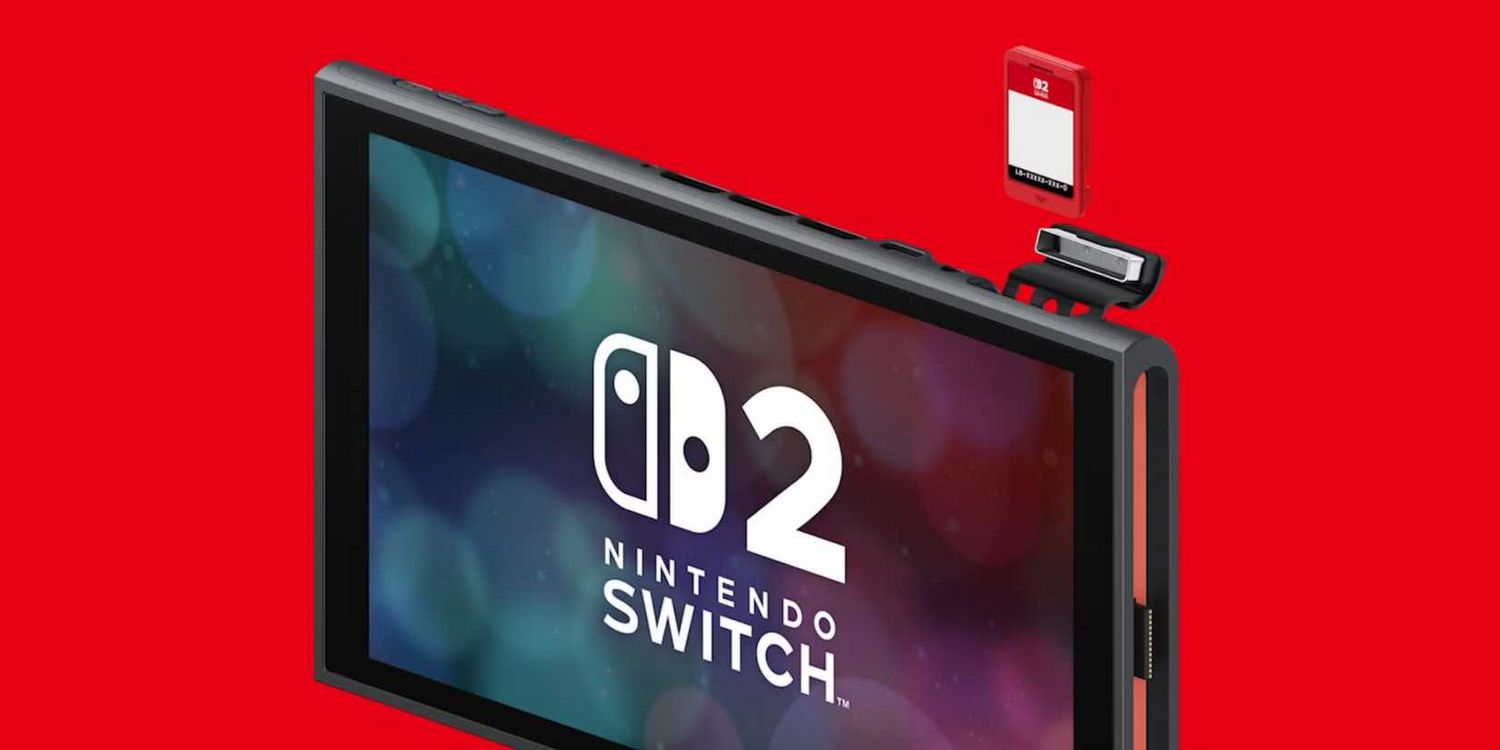 The Two-Sided Coin: Hardware Excellence vs. Software Scarcity
The Two-Sided Coin: Hardware Excellence vs. Software Scarcity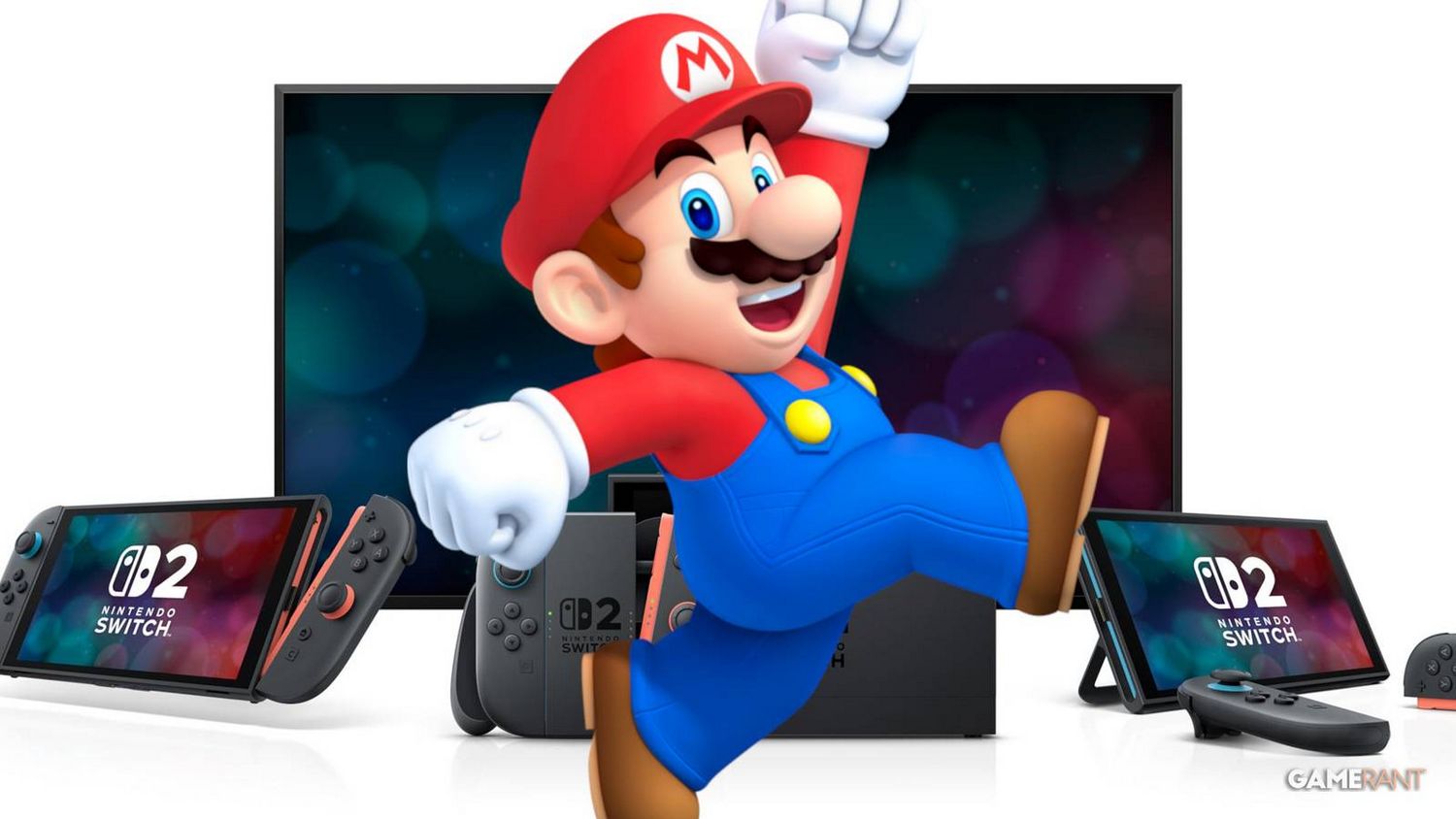 Looking Ahead: The Road to Sustained Success
Looking Ahead: The Road to Sustained Success